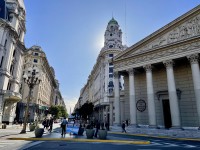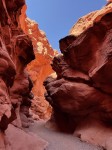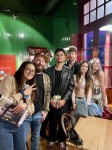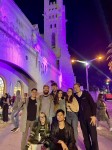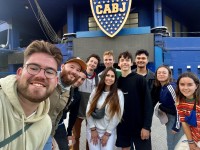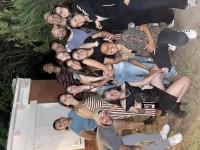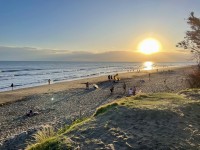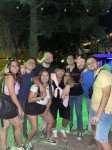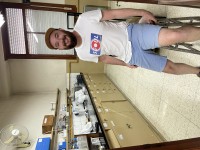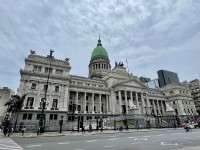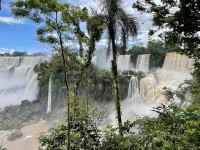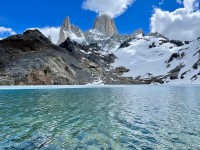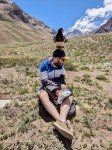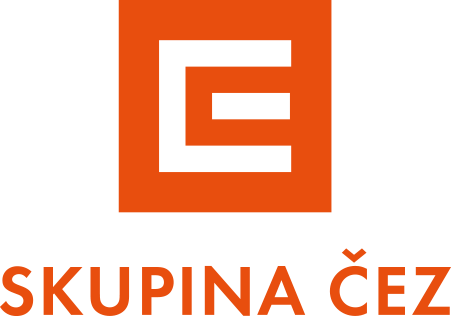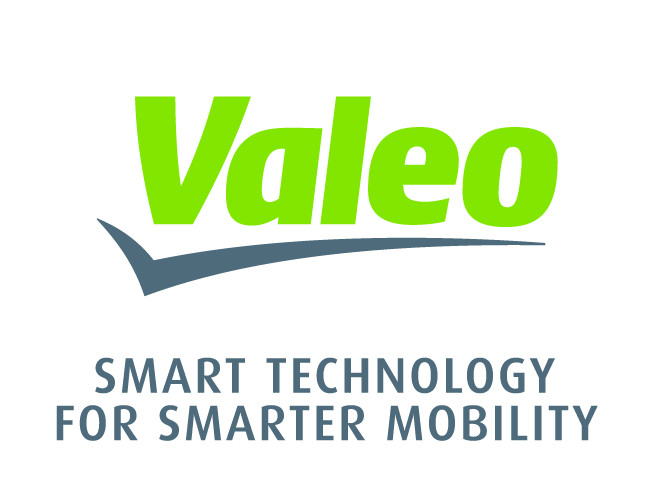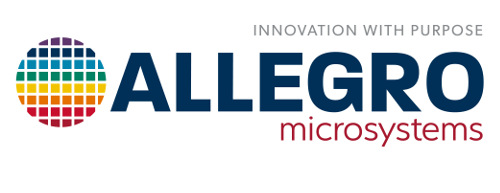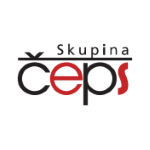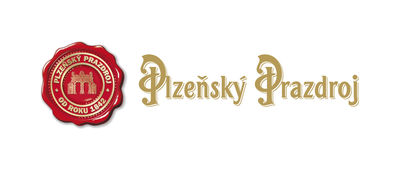Uveřejněné zprávy z praxí neprošly ani jazykovou ani textovou úpravou. Proto, prosím, omluvte chybějící „hacky a carky“, stylistické a gramatické nedokonalosti textů.
Ing. Vít Frič, UCT Prague, ročník 5
About the country
Location of the place
Bahía Blanca is a city in the Buenos Aires province, located around 600 km away and 10 hours by bus from Buenos Aires. With approximately 350 000 inhabitants, it sits on the coast but lacks beaches, instead focusing on industry and a large harbor. The university is situated in a pleasant neighborhood that is cleaner and less crowded than the city center. This area offers close proximity to university facilities, accommodation, numerous bars, restaurants, shops, and a spacious park.
City
Bahía Blanca in Argentina is a port city known for its business center and university. It is a lively place with numerous students and a vibrant nightlife scene, offering a range of clubs, bars, and restaurants. The city also provides peaceful parks, jogging paths, sports fields, and skateparks for outdoor activities. The city is generally clean, organized, and less affected by poverty compared to other cities. While it may not have many tourist attractions, it offers a pleasant living environment with convenient amenities, such as a large park, beer bars, clubs, and a bustling city center. It's worth noting that stray dogs freely roam the streets, including university campuses, but they are friendly and pose no issues unless you have a fear of dogs.
Surroundings (possible trips, ...)
Bahía Blanca is a city surrounded by flat fields called pampas. The area offers outdoor activities, such as climbing and trekking in the Sierra de la Ventana mountains to the north, and surfing on the beautiful sandy beaches of Monte Hermoso to the west. The capital city of Argentina, Buenos Aires, is a 9 hour bus ride away and is known for its architecture, nightlife, and tango.
Argentina is a vast country with diverse landscapes. Up north, you can find canyons and cactuses in Jujuy, as well as the impressive Iguazú Falls in the Misiones province. The east coast offers the opportunity to observe whales and sea lions in Puerto Madryn. In the west, the Andes Mountains stretch along the border with Chile, housing notable peaks like Aconcagua. Additionally, the region is dotted with glaciers and ideal for trekking in Patagonia's Los Glaciares National Park.
While Bahía Blanca is located in the middle of the flat pampas, there are still nearby attractions worth exploring. Ingeniero White, a harbor town, is just 30 minutes away and offers museums, an old abandoned castle, and ships to visit. Within a 1.5 hour drive, you can explore the Sierra de la Ventana mountains, where camping and hiking opportunities abound. The abandoned ghost town of Epecuen is a three-hour drive away, and the province also offers gaucho lifestyle experiences on farms. The beaches of Pehuén-Có and Monte Hermoso are also accessible within 1.5 hours.
To reach popular destinations in Argentina, such as Puerto Madryn, it is advisable to travel by long-distance buses, rented cars, or planes. Puerto Madryn is home to a diverse range of wildlife, including whales, penguins, orcas, and more. For a visit to Buenos Aires, a 10-hour bus ride is the most common option.
Other cities, such as Mendoza, Córdoba, and Bariloche, are accessible by bus from Bahía Blanca. Bariloche, in particular, stands out as a favorite destination, situated amidst the Andes and surrounded by blue lakes and hiking trails. If planning to visit Iguazú Falls, Southern Patagonia, or Salta, it is recommended to take a plane due to the long bus rides. Finally, Bahía Blanca has its own airport for convenient travel options.
Argentina is a vast country with diverse landscapes. Up north, you can find canyons and cactuses in Jujuy, as well as the impressive Iguazú Falls in the Misiones province. The east coast offers the opportunity to observe whales and sea lions in Puerto Madryn. In the west, the Andes Mountains stretch along the border with Chile, housing notable peaks like Aconcagua. Additionally, the region is dotted with glaciers and ideal for trekking in Patagonia's Los Glaciares National Park.
While Bahía Blanca is located in the middle of the flat pampas, there are still nearby attractions worth exploring. Ingeniero White, a harbor town, is just 30 minutes away and offers museums, an old abandoned castle, and ships to visit. Within a 1.5 hour drive, you can explore the Sierra de la Ventana mountains, where camping and hiking opportunities abound. The abandoned ghost town of Epecuen is a three-hour drive away, and the province also offers gaucho lifestyle experiences on farms. The beaches of Pehuén-Có and Monte Hermoso are also accessible within 1.5 hours.
To reach popular destinations in Argentina, such as Puerto Madryn, it is advisable to travel by long-distance buses, rented cars, or planes. Puerto Madryn is home to a diverse range of wildlife, including whales, penguins, orcas, and more. For a visit to Buenos Aires, a 10-hour bus ride is the most common option.
Other cities, such as Mendoza, Córdoba, and Bariloche, are accessible by bus from Bahía Blanca. Bariloche, in particular, stands out as a favorite destination, situated amidst the Andes and surrounded by blue lakes and hiking trails. If planning to visit Iguazú Falls, Southern Patagonia, or Salta, it is recommended to take a plane due to the long bus rides. Finally, Bahía Blanca has its own airport for convenient travel options.
Employer
Employer
the Chemistry department of Universidad Nacional del Sur
Work description
I had the opportunity to work extensively with a UV spectrometer, conducting extraction processes and utilizing various science databases. On occasions I would dedicate my time to reading articles related to our ongoing experiments. Whenever possible, I made an effort to assist my colleagues or gain further insights into their respective research activities.
Salary (sufficient for local conditions?)
The salary for the internship in Argentina was 60000 ARS per month, which may not seem like much. However, at that time, the cost of living in Argentina was three times lower than in the Czech Republic. Although the salary wasn't enough to meet my own living standards in Bahía Blanca, it could be sufficient for someone who is more cautious with their money. One positive aspect was that I didn't need to rely on public transportation as most things were within walking distance.
Unfortunately, the salary didn't cover my travel expenses or the costs of larger trips I took during and after the internship. The accommodation was supposedly provided for free, but I had to pay a deposit of 8000 ARS for the house. Thankfully, the deposit was eventually returned to me.
Unfortunately, the salary didn't cover my travel expenses or the costs of larger trips I took during and after the internship. The accommodation was supposedly provided for free, but I had to pay a deposit of 8000 ARS for the house. Thankfully, the deposit was eventually returned to me.
Language requirements
In the application, they asked for English (B2) or Spanish (B2) proficiency. I knew both languages and while I was there, I mainly used Spanish with no issues. Whether communicating with my Argentine colleagues or fellow international students from Latin America and Europe, Spanish was sufficient for effective interactions throughout my whole stay, including travelling.
Accommodation (price, who provided it)
The university in BB provided dormitories for its students, which were small houses accommodating either 8 or 4 people. Half of the residents were exchange students, while the other half, including myself, worked at the university. The cleanliness of the dorms depended on the roommates. The dorms were fully equipped with everything necessary, and I only had to pay a deposit, which I received back. It seemed that either the school or an organization covered the expenses.
I stayed with three other exchange students. The house had a compact kitchen, a combined dining and living room with a large table, one bathroom, and no washing machine. Laundry services were available publicly or by using friends' facilities to save money. The bedrooms were cramped, with two beds, one wardrobe, and one table, offering limited storage space. As I mentioned earlier, I didn't have to pay for my accommodation, so the living arrangement was essentially free. Although the house wasn't perfect, it wasn't terrible either. It wasn't exceptionally clean, but we had a fantastic time with our roommates and formed lifelong friendships. Other similar houses were also available for international students, while there was a residential building dedicated to Argentinian students, which featured a barbecue area and a pleasant common space. The international students, along with some locals, formed a close-knit community and frequently socialized by visiting each other's houses. The dormitories were conveniently located within a 5-minute walk from the main university building (where I worked), a 10-minute walk from a large supermarket, and adjacent to a spacious park offering various sports activities.
I stayed with three other exchange students. The house had a compact kitchen, a combined dining and living room with a large table, one bathroom, and no washing machine. Laundry services were available publicly or by using friends' facilities to save money. The bedrooms were cramped, with two beds, one wardrobe, and one table, offering limited storage space. As I mentioned earlier, I didn't have to pay for my accommodation, so the living arrangement was essentially free. Although the house wasn't perfect, it wasn't terrible either. It wasn't exceptionally clean, but we had a fantastic time with our roommates and formed lifelong friendships. Other similar houses were also available for international students, while there was a residential building dedicated to Argentinian students, which featured a barbecue area and a pleasant common space. The international students, along with some locals, formed a close-knit community and frequently socialized by visiting each other's houses. The dormitories were conveniently located within a 5-minute walk from the main university building (where I worked), a 10-minute walk from a large supermarket, and adjacent to a spacious park offering various sports activities.
Social life
Meeting IAESTE members (pick-up at the airport, organized events...)
The university has a helpful international office and a student organization called CAAI that organizes various events like parties, trips, and food festivals. They provide a Buddy, a local student who offers assistance. The organization was well-organized and reached out to everyone beforehand through email, Facebook, and Whatsapp groups. The local students were extremely friendly and helpful.
Meeting other foreign students
Meeting other foreign students was very easy because we lived close to each other and had a designated area for traditional BBQ. We socialized at parties organized by the international office or ourselves, as well as during Spanish classes. I was lucky to have the opportunity to spend time with about 40 international students in Bahía Blanca, allowing us to learn about diverse cultures, share opinions, and gain inspiration.
Sport and culture
There is a big park next to the houses which offers jogging and workout opportunities, as well as basketball pitches. The university club provides various activities at a low cost, allowing students to choose classes based on their interests. Tango, a significant part of Argentinian culture, is highly recommended, along with other options such as zumba or team sports. The Argentinian culture classes are particularly valuable, with a young, patient teacher, we discussed maté, tango, lunfardo, gestures, literature, street art, and music. The teacher also organizes guided tours and informs students about concerts and events. The classes were also very open and full of discussions.
Food, local specialties
Food in Argentina was at the time cheap compared to Europe. There are unique dishes, and I would recommended not to be afraid to try them. Eating in the school canteen, called comedor, is affordable but not great. They serve lunches and dinners, with options for vegetarians. The meals consist of meat, a side dish, salad, bread, mayonnaise, orange, and water. The quality is not the best, and some people find the portions small. In the houses for international students, there were frequent shared dinners.
Some must-try foods in Argentina include maté (a social habit), beef steaks, asado, empanadas, dulce de leche, alfajores, ice cream (delicious and sweet, with late-night delivery options), and wine from Mendoza or Cafayate. Despite Italian influence, I would not consider Argentine pizza and pasta very good.
Some must-try foods in Argentina include maté (a social habit), beef steaks, asado, empanadas, dulce de leche, alfajores, ice cream (delicious and sweet, with late-night delivery options), and wine from Mendoza or Cafayate. Despite Italian influence, I would not consider Argentine pizza and pasta very good.
Other information
Possibilites to communicate with the Czech Republic
There was a free WiFi connection in our house and at the university.
Recommendations for students who will go to the same place
I had an incredible experience that was truly captivating. Along the way, I gained knowledge, formed new friendships, and perfected a foreign language. However, there were moments of culture shock due to the distinct mentality of South America. The region is rich in history, culture, and music, providing countless opportunities for exploration. To make the most of your visit to Argentina or South America, take extra time and money to explore this vast country. Additionally, I highly recommend using Whatsapp as it is very useful for communication and coordination with fellow students and the CAAI.
What not to forget with you
When coming to Argentina, it's good to bring gifts for your supervisor, buddies, roommates, and local students. You can also bring the Czech flag to use during sports and cultural events. It's advisable to bring earplugs for a good night's sleep, as the houses are lively and there are clubs nearby. Additionally, bring your own bed sheets as they may not be provided. If you enjoy outdoor activities, pack appropriate clothes and durable shoes. Don't forget a warm jacket due to temperature differences between day and night, as well as windy conditions. Lastly, clothes is quite expensive in Argentina.
Benefits of the internship
New experiences, language improvement, independence.
Cooperation with IAESTE in the foreign country
IAESTE was only in Buenos Aires so I did not really use their services.
Overall experience with IAESTE
Overall very positive, brief responds, always helpful.
Student's website
--
Employer's webiste
https://www.uns.edu.ar/
Other useful links
https://www.plataforma10.com.ar/
Other comments
--
